Best Selling Cars Around The Globe: Trans Siberian Series Part 13.3: Which Cars Survived The Gobi Desert
Today we continue on our Trans-Siberian adventure, with the last report dedicated to the Gobi region in Mongolia. We have seen in the previous Gobi post that the UAZ vans and jeeps were by far the most popular in the Gobi desert. It’s no surprise then that we did this whole trip in one of them, the UAZ Bukhanka. In Russia, this off-road van (real name: UAZ 452) has earned a few nicknames – Bukhanka: (loaf of bread), Tabletka (pill) or Golovastik (tadpole) – in Mongolia our driver has baptised its own Silver Mustang, because of its grey colour and its ability to gallop to the most isolated stretches of the Gobi.
If you can’t wait for the next report, you can follow my trip in real time here, or check out 174 other car markets on my blog.
If you have read the previous parts in this Trans-Siberian long-term Photo Report, you will know that this UAZ off-road van is still on sale as new in Russia ( here you can see me posing in front of a UAZ billboard in Tomsk). You can also get yourself a shiny new one in Mongolia for 26 million MNT (Mongolian Tugrik), the equivalent of US$15,000 which is actually pretty good value for money. As such, even though this vehicle has been in production with virtually no design change and only a few mechanical updates since 1965, ours was only 7 years-old.
The best way to describe the UAZ Silver Mustang is a mix of VW Kombi van for its habitability and Lada Niva for 4WD ability. I was going to say Land Rover, but let’s not get ahead of ourselves. In fact the Silver Mustang is totally adapted to Mongolian tracks, or rather Mongolian tracks have been made by hundreds of Silver Mustangs and as a result they go absolutely everywhere here, and can be driven at up to 80 km/h on unsealed tracks, which doesn’t seem like much but given how unstable the vehicle is it is a good choice to sit at the front so you can anticipate every bump on the ground and hold on for dear life!
However when it comes to steep climbing our driver Ogi bluntly put it as ‘dangerous’ and asked us to disembark and climb by foot while he was attempting it on its own. I filmed the whole thing (see above).
A Kombi van with good 4WD ability? How on earth did this vehicle 1. not expand outside the USSR and 2. not become cult worldwide? The fact that it was used by the Soviet Army in the midst of the Cold War and that it needs around 20 litres of petrol per 100 km might start answering these questions…
The Silver Mustang has a few technical particularities, the main one being the location of its engine (from the GAZ 21), placed between the left hand driver and the front-seat passenger and accessible inside the cockpit. That’s a relatively unusual feature that turns out to be a total blessing when the temperature goes down to -30 or -40°C as it is often the case in Mongolia: no need to get out in the cold to fix it! And even at 0 to -10°C which were the temperatures we enjoyed in the Gobi it is good not to have to open the door!
The body of the van is equipped with two front doors, a single-wing door on the right side and a double-wing door in the rear. There is one fuel port on each side of the van, leading to two separate fuel tanks. A tip: shake the van when you refuel to ensure the tanks are really full! Four wheel drive is activated manually, meaning you have to stop the vehicle, unscrew and fix the two front wheels and go. Do the reverse to switch off four wheel drive.
We were a little perplexed on the first night when we learnt our driver was happy to sleep in the van and not in the ger. But we understood soon enough that the back of the van transforms into a full-on bedroom when the night has come, with a soft bed that we could only dream of inside our ger, smoking hot at the start of the night but freezing cold by the morning!
How is it to drive? Like how it is to drive a truck designed in the sixties. The brakes need a lot of warning, you have to come to a near-stop at each big bump on the track as the suspensions are from another age, and I’ve discovered a new variant of aqua-planning: sand-planning! The Silver Mustang is feisty, stubborn and demanding. Kinda makes you think of a… silver mustang. Mmmm…
Now to the main question a lot of you have I know: when did we break down? To be honest given how reputedly unreliable these vans are, I was half-exepecting to get stranded on the second day and forced to get back to Ulaanbaatar without having seen any of the Gobi. But after a worrying stop one hour into Day 1 to fix a wobbly wheel, I have to admit there was absolutely no issue until Day 5 when a flash bog-down (flash because we were back up and running in five minutes) and a bout of sputtering slowed us down a little. But nothing some Mongol TLC couldn’t fix.
We arrived at 6pm on Day 7 in Ulaanbaatar as scheduled. Turns out our Silver Mustang was much more reliable and trustworthy than the mustang I rode on the last day which left me with a black eye and stitches on my face! I should have known better. I’m a car blogger, not a horse rider.
The next Trans-Siberian update will be about the Hummers of Ulaanbaatar, so stay tuned!
More by Matt Gasnier
Latest Car Reviews
Read moreLatest Product Reviews
Read moreRecent Comments
- Turbo Is Black Magic My wife had one of these back in 06, did a ton of work to it… supercharger, full exhaust, full suspension.. it was a blast to drive even though it was still hilariously slow. Great for drive in nights, open the hatch fold the seats flat and just relax.Also this thing is a great example of how far we have come in crash safety even since just 2005… go look at these old crash tests now and I cringe at what a modern electric tank would do to this thing.
- MaintenanceCosts Whenever the topic of the xB comes up…Me: "The style is fun. The combination of the box shape and the aggressive detailing is very JDM."Wife: "Those are ghetto."Me: "They're smaller than a Corolla outside and have the space of a RAV4 inside."Wife: "Those are ghetto."Me: "They're kind of fun to drive with a stick."Wife: "Those are ghetto."It's one of a few cars (including its fellow box, the Ford Flex) on which we will just never see eye to eye.
- Oberkanone The alternative is a more expensive SUV. Yes, it will be missed.
- Ajla I did like this one.
- Zerofoo No, I won't miss this Chevrolet Malibu. It's a completely forgettable car. Who in their right mind would choose this over a V8 powered charger at the rental counter? Even the V6 charger is a far better drive.



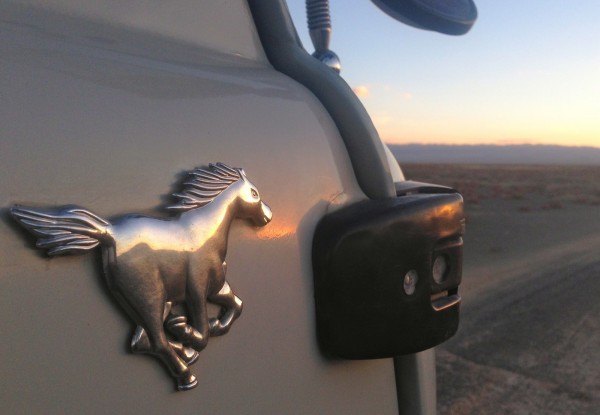

































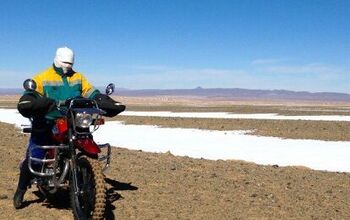
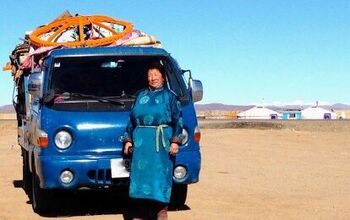
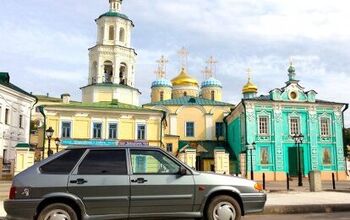
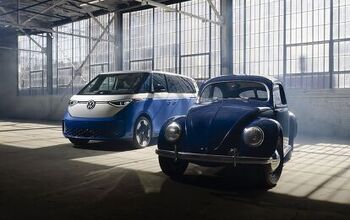
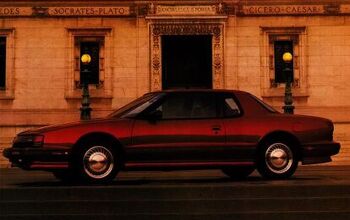
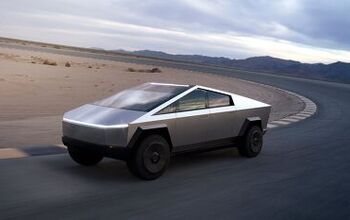

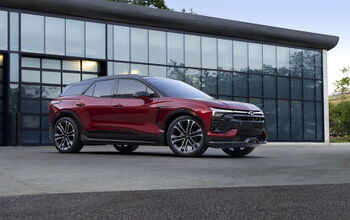
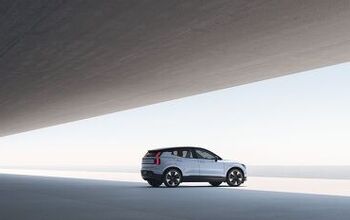
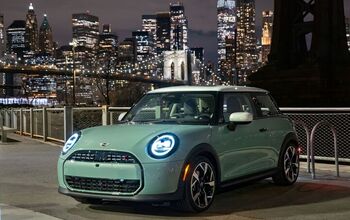

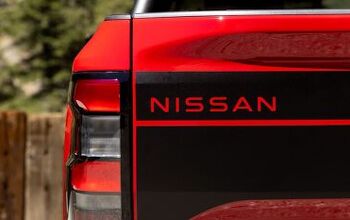
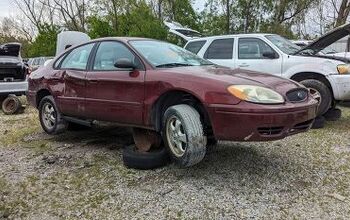
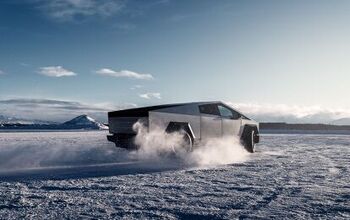
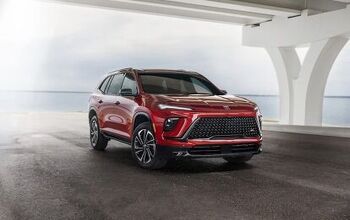
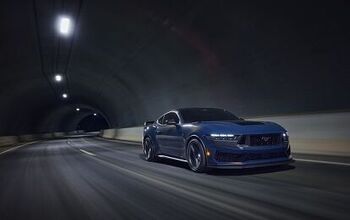
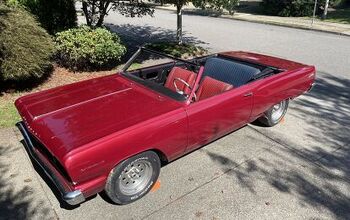

Comments
Join the conversation
Matt, I would love to be in your position and traveling like you do. Do you take some fishing gear and a rifle for hunting? It's amazing what's available and is useful in some regions around the world. Even in Outback Australia we are spoilt with the vehicles we use. But some of these Russian trucks seem very capable. What size was the engine? 2 litre'ish?
I can imagine the quality of motor oil and gas these vehicles have overcome. Or may be they are already designed with that in the mind.